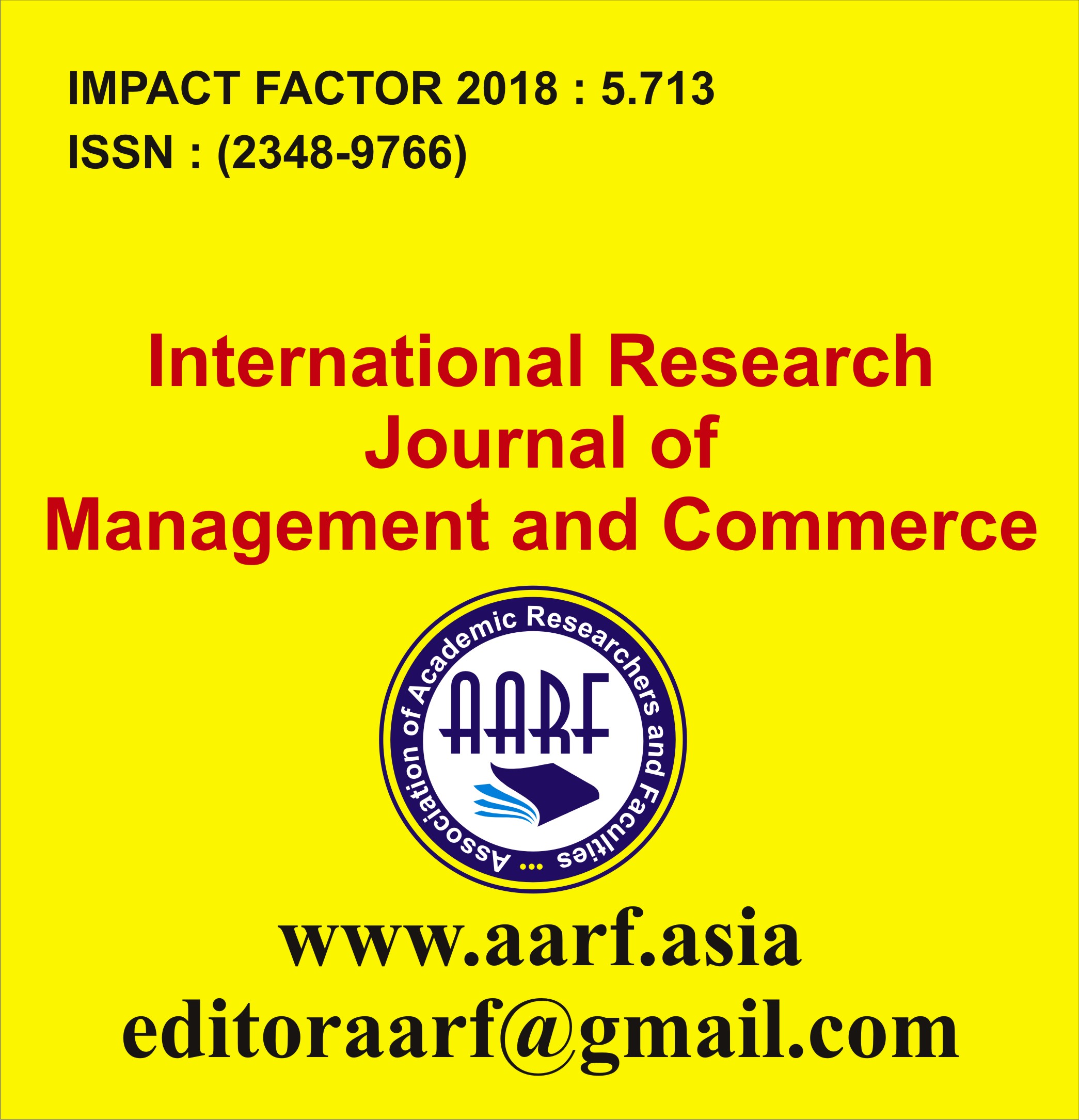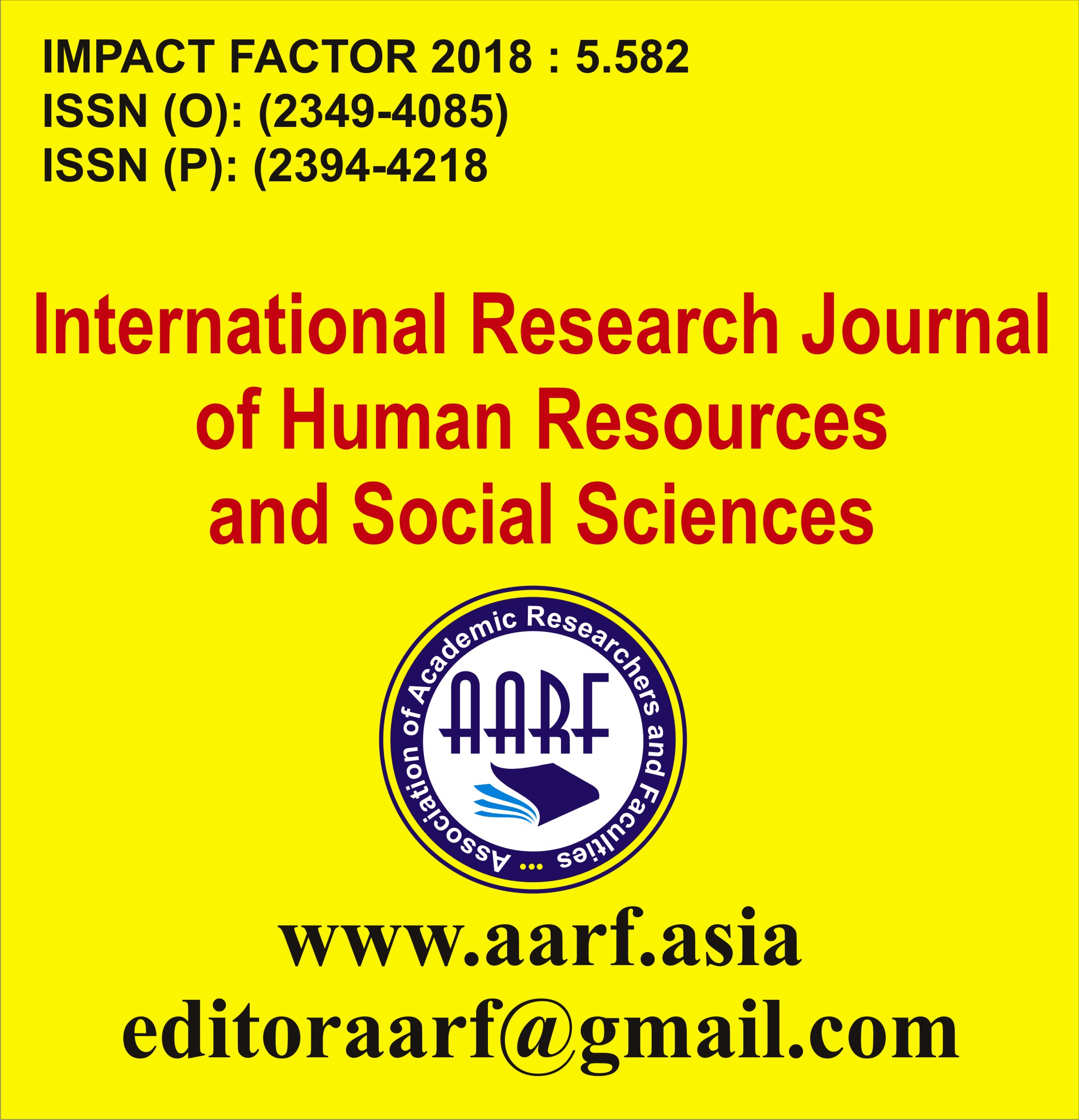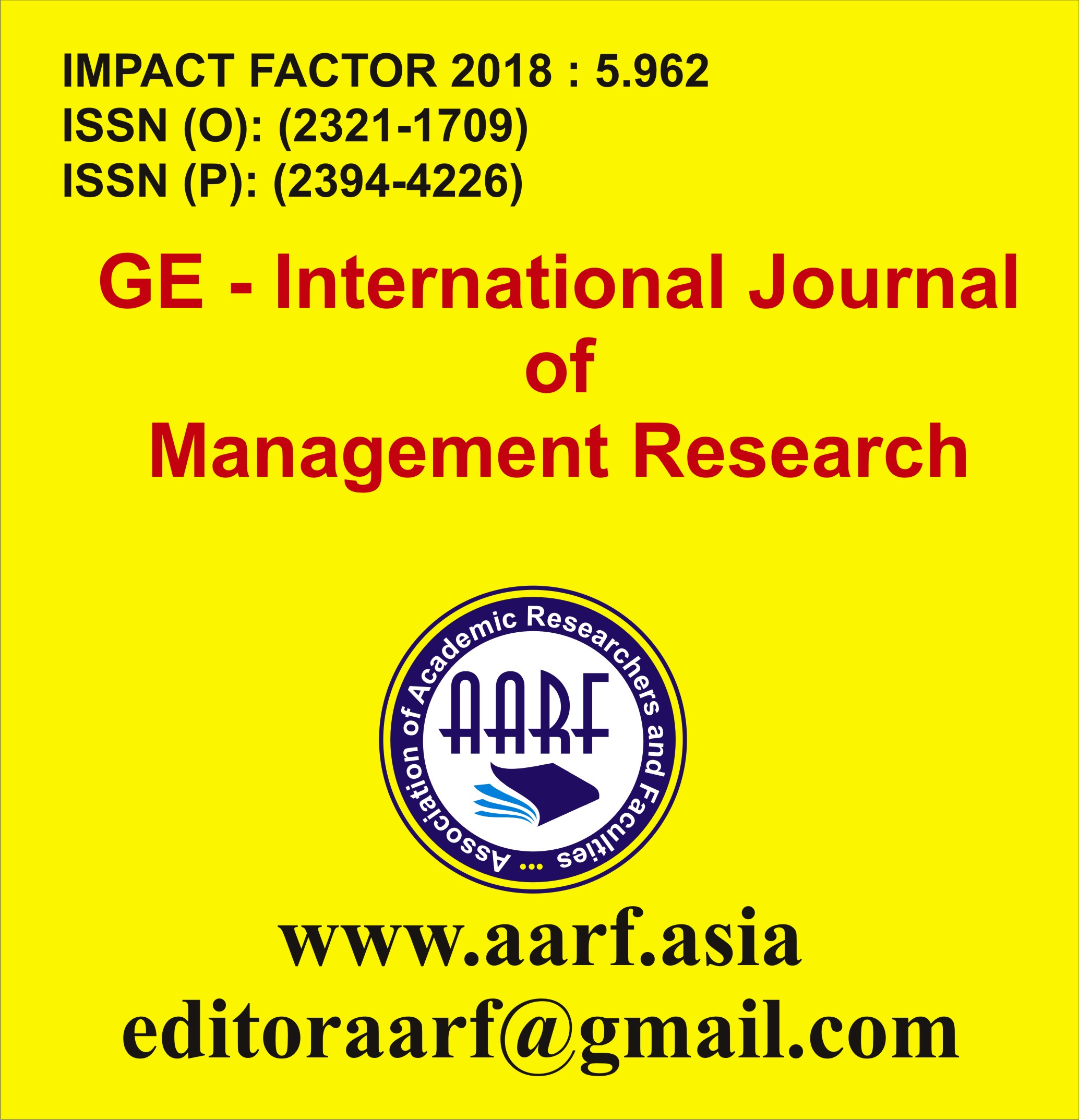Manisha Kumari
Abstract:
The main objectives of this study is to appreciate the impact of sustainable development in Indian economy in this 21th century era. Again, another work is privatization. Without the support of private organization and institutions government cannot alone the meet the goals and revenue gap. Once more, in an effort to lower the country's literacy rates and raise public awareness of environmental issues, the Indian government has implemented a number of initiatives, including education and vocational training. The current Indian government is implementing a number of initiatives, such as the Swachh Bharat Abhiyan, made in India, Digital India, Jan Dhan Yojana, Tobacco and Plastic Ban, Program to Alleviate Poverty, Gender Equality Promotion, and Climate Change Solutions. The prime minister has always pledged to offer the required leadership and collaboration for the NITI AAYOG 2015. The revolutionary phrase “SABKA SAATH SABKA VIKASH” or “COLLECTIVE EFFORT, INCLUSIVE GROWTH” introduced by the Indian Prime Minister Narendra das Modi is considered as the main slogan for India’s national development agenda. To wide up black money and corruption the government is taking necessary steps in time to time. In the 11th five year plan the term inclusive growth is given due emphasis. Inclusive growth helps in bridging the gap social, economic and environmental to create sound sustainability. India has constantly playing in implementation of sustainable development objective as its national development goals are focused in terms of sustainable development goals. The Indian government, led by Prime Minister Narendra Modi, is making great efforts to create sustainable information in the country. Implementing the Sustainable Development Goals in 2015, with a commitment to achieving them by 2030, was one of his major initiatives. As a result, the UNDP is collaborating with other UN agencies, emerging elements like the private sector and civil society, and working all at once to support and help nations that are moving toward inclusive and sustainable growth policies.























